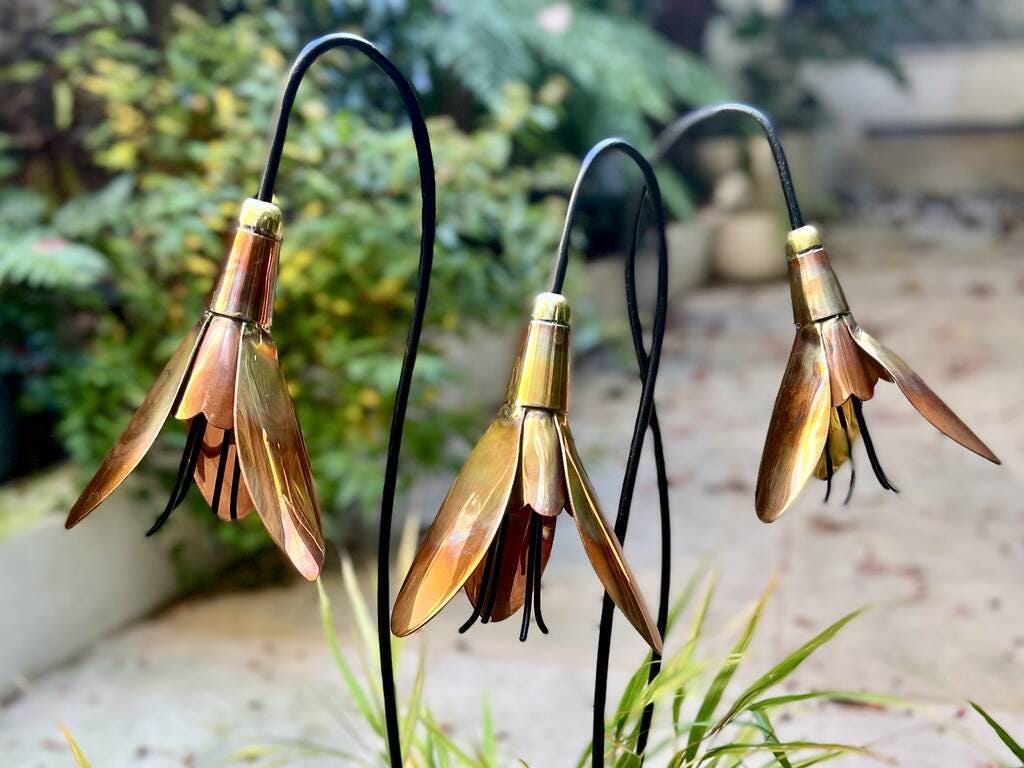Metal art has a unique charm that captivates art enthusiasts and homeowners alike. However, the beauty of metal art can be compromised by exposure to rain and moisture. Ensuring longevity and maintaining the aesthetic appeal of these pieces requires a strategic approach to protection. In this article, we will explore effective ways of protecting metal art from rain and discuss why it is important for both aesthetic and financial reasons.

The Importance of Protecting Metal Art
Metal art is not just an aesthetic addition to a space; it also represents a significant investment. Whether it’s a garden sculpture or a decorative indoor piece, the impact of rain can lead to corrosion, rust, and a loss of detail. To preserve the value and beauty of your metal art, understanding how to protect it effectively is crucial.
Understanding the Impact of Rain on Metal Art
Rainwater contains minerals and pollutants that can accelerate the corrosion process. Over time, this can lead to structural damage and a dull appearance. By recognizing the potential threats posed by rain, you can take proactive measures to protect your metal art.
Corrosion and Rust
Corrosion is a natural process that occurs when metal reacts with moisture and oxygen. Rust, a common form of corrosion, can cause metal art to weaken and deteriorate. To combat this, it’s essential to implement protective measures.
Loss of Detail
Rain can wash away intricate details and patinas from metal art pieces. This loss of detail can significantly diminish the artistic value of the work. Preserving these details requires a combination of preventive and maintenance strategies.
Choosing the Right Materials
When commissioning or purchasing metal art, selecting the right materials is vital. Certain metals are more resistant to rain and corrosion than others.
Stainless Steel
Stainless steel is highly resistant to rust and corrosion, making it an excellent choice for outdoor metal art. Its durability and low maintenance requirements make it a popular option among artists and collectors. For more information, check out this stainless steel guide.
Aluminum
Aluminum is another metal known for its corrosion resistance. It is lightweight and can withstand exposure to rain without significant damage. Its natural oxide layer protects it from the elements.
Weatherproofing Metal Art
Weatherproofing is a crucial step in protecting metal art from rain. There are several methods to achieve this effectively.
Applying Protective Coatings
Protective coatings such as clear sealants or waxes can create a barrier against moisture. These coatings need to be reapplied periodically to ensure continued protection. For more tips on weatherproofing, visit this weatherproofing guide.
Using Covers and Shelters
When not on display, covering metal art with tarps or placing them under shelters can protect them from rain. This simple yet effective method can prevent direct exposure to moisture.
Maintaining Metal Art
Regular maintenance is essential for the longevity of metal art. Proper care includes cleaning and inspecting for signs of corrosion.
Cleaning
Clean metal art pieces regularly with a mild soap solution to remove dirt and pollutants. Avoid abrasive cleaners that can damage the surface.
Inspection
Regularly inspect your metal art for signs of rust or corrosion. Early detection can prevent further damage and allow for timely restoration.
Indoor vs. Outdoor Display
The location where metal art is displayed can significantly impact its exposure to rain and moisture.
Indoor Display
Indoor metal art is less likely to be affected by rain but still requires protection from humidity. Dehumidifiers can help maintain optimal conditions.
Outdoor Display
Outdoor metal art requires more robust protective measures. Choose sheltered areas or consider rotating pieces seasonally to minimize exposure.
Conclusion
Protecting metal art from rain involves choosing the right materials, applying weatherproofing techniques, and performing regular maintenance. By taking these steps, you can ensure that your metal art remains beautiful and valuable for years to come. For more insights on metal art preservation, explore our art preservation guide.

FAQs
How often should I apply protective coatings to metal art?
Protective coatings should be reapplied every 6 to 12 months, depending on the exposure and environmental conditions.
Can I display metal art indoors to avoid rain damage?
Yes, displaying metal art indoors can protect it from rain. However, it’s essential to manage indoor humidity levels to prevent moisture-related issues.
What is the best material for outdoor metal art?
Stainless steel and aluminum are excellent choices for outdoor metal art due to their corrosion resistance and durability.
This article contains affiliate links. We may earn a commission at no extra cost to you.

